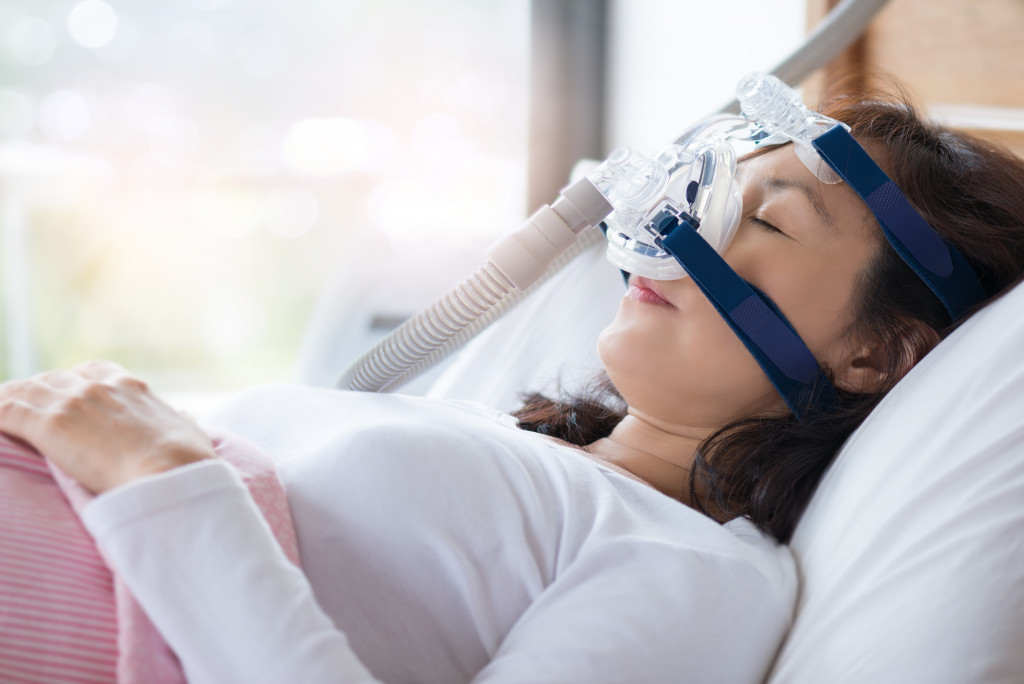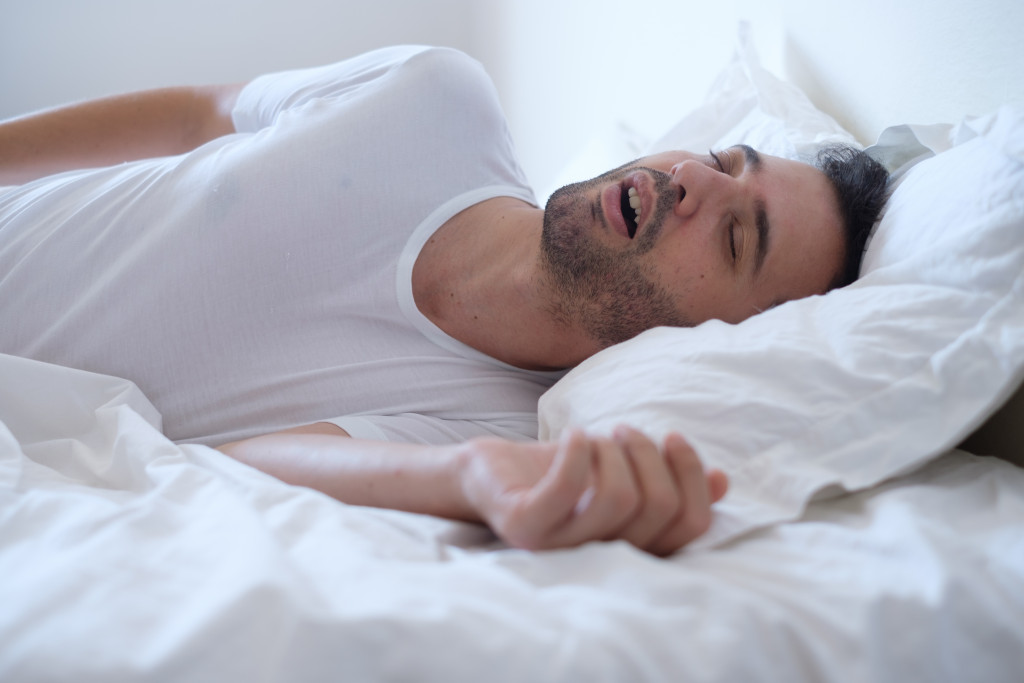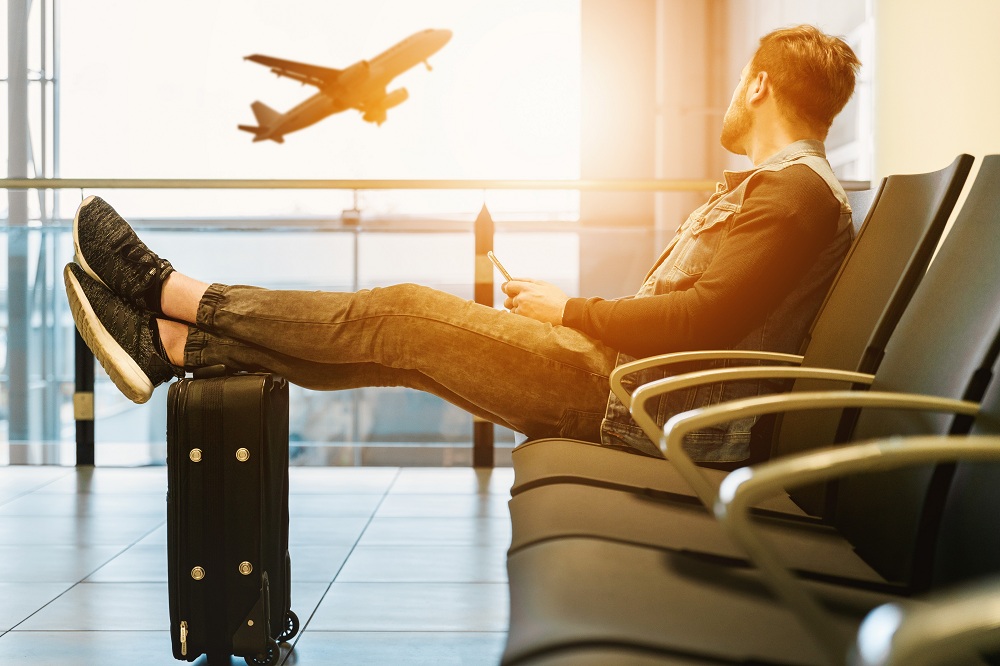- Consulting with medical professionals before traveling can help manage sleep-disordered breathing (SDB) symptoms efficiently.
- Travel-friendly equipment like CPAP machines, oral appliances, and nasal dilators can mitigate SDB symptoms.
- Choosing accommodations that prioritize quiet and clean environments can enhance sleep quality for SDB sufferers.
- Maintaining physical exercise and consistent sleep schedules during travel can help in managing SDB symptoms.
- Proper knowledge about SDB medications, including travel requirements and potential side effects, is crucial for a comfortable journey.
Traveling is an exciting experience that many young adults look forward to. It allows you to explore new places, meet new people, and create beautiful memories. However, it is not always easy to get a good night’s sleep while on the road. Sleep-disordered breathing (SDB) is a common condition that affects individuals of all ages. If you are a young traveler who also experiences SDB, this can cause significant disruptions to your sleep patterns. Fortunately, there are several ways to manage your symptoms and get a good night’s sleep while traveling.
Consult a Professional
Before embarking on your journey, it is important to consult a medical professional. They can provide insight into the best ways to manage SDB while traveling. A doctor or sleep specialist may recommend lifestyle changes and behavioral therapies to help you cope better with your condition. Additionally, they could suggest using specialized equipment such as the following:

CPAP machines
When traveling with a CPAP machine, knowing the airline’s policies is important. Many airlines will allow passengers to bring their own CPAP machine onboard for free. However, some may require that you fill out additional paperwork or pay an extra fee. Be sure to check with your airline ahead of time so that there are no surprises when you board the plane.
Oral appliances
An oral appliance is an effective treatment option that fits comfortably in your mouth and helps to keep your airway open while you sleep. Different types of oral appliances may be available, so be sure to ask your doctor or dentist for an option that is right for you. For example, an orthodontic arch expander appliance for younger individuals works to widen the upper airway and prevent obstruction, which can help improve sleep. Another option may be a mandibular advancement device, worn over the teeth and helps keep the airway open.
Position-change pillows
Some position-change pillows have been designed to help keep your neck in the correct position while sleeping. This can be especially helpful if you tend to sleep on your back, as this increases the risk of airway obstruction. Position-change pillows are available at many retail stores and online outlets.
Nasal dilators
Nasal dilators are small devices that help to open your nasal passages, allowing for better airflow. Nasal dilators can be useful in helping you get a more restful sleep while traveling. They come in many shapes and sizes, so asking your doctor or pharmacist which type would work best for you is important.
Plan Your Accommodations Carefully
When traveling, picking a hotel or rental home that prioritizes your comfort and sleep is essential. Look for places known for their quiet surroundings and clean air, as these factors can impact your potential to have uninterrupted sleep. Research the location or property beforehand to confirm that it has specific amenities that cater to those with sleep disorders, including separate units or rooms to ensure your peaceful sleep.
Bring Your Own Sleeping Accessories
A comfortable pillow, mattress, or even a humidifier designed for travel can provide relief for SDB travelers when on the road. These accessories can help you get the high quality of sleep you need to enjoy your travel adventure fully. You can also try to replicate your usual home routine, like wearing sleep masks or playing calming music to help relax your mind and body.

Stay Active and Fit
Maintaining your fitness regimen even while traveling is essential to promote good sleep hygiene and keep SDB symptoms under control. Regular morning or evening exercise can help you feel refreshed and relaxed and maintain mental clarity. Take advantage of facilities available at your hotel, such as the gym, pool, or yoga studio, to reduce stress and maintain an active lifestyle.
Educate Yourself About SDB Medications
If you take medication for your SDB, ensure that you know the travel requirements, such as prescriptions from your doctor. Also, bring extra doses of your medication, just in case. Some medicines may have side effects that can be worsened by different time zones or schedule changes, leading to symptoms like insomnia. Ensure your medication doesn’t hinder and lower your travel experience’s quality.
Maintain a Consistent Sleep Schedule
Irrespective of your travel itinerary, it’s essential to maintain your sleep hygiene by sticking to your sleep schedule. Your body is used to a specific sleep routine, and when different time zones or travel activities throw it off balance, symptoms of SDB can worsen. To avoid this, maintain a sleep schedule and stick by it, even if you’re traveling across time zones. This can help your body maintain its natural circadian rhythm and reduce the severity of SDB symptoms.
Sleep-disordered breathing can affect your travel adventures but should not keep you from exploring different places and cultures. If you are a young traveler experiencing SDB, consider talking to your doctor or sleep specialist for tips and advice on managing your symptoms. With the right precautions, you can have an enjoyable journey filled with restful nights.



